Search Images
Browse Content (p. 1120)
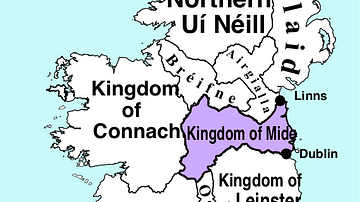
Image
Ireland c. 900 CE
Map of Ireland, c. 900 CE.
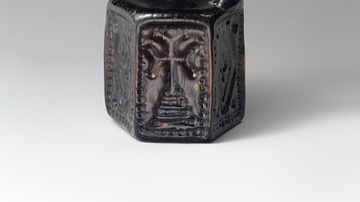
Image
Byzantine Hexagonal Jug
Created in the 6th or 7th century CE, this moulded glass jug measures 15.1 x 8.6 x 7.5 cm. This photo shows a stepped cross, representing one constructed at the site of Jesus' crucifixion by Thoedosius II. The relief designs were produced...
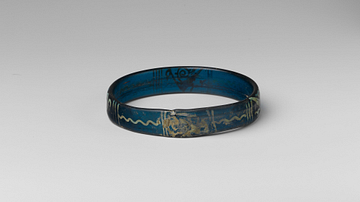
Image
Byzantine Bracelet with Birds and Geometric Patterns
Created sometime between 1100-1400 CE, this Byzantine bracelet is made of glass and a silver stain. It measures 7.5 x 1.4 x 0.4 cm. (Metropolitan Museum of Art, New York)
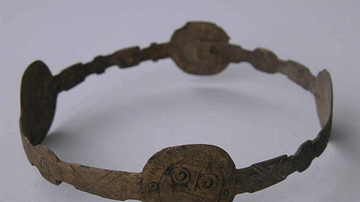
Image
Byzantine Copper-Alloy Bracelet
Crafted sometime between the 6th-8th centuries CE, this bracelet comprises four linked medallions. Decorations include concentric geometric figures (very popular in Byzantine art), along with a woman's face, a fish, a boat and an inscription...
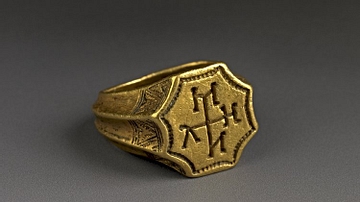
Image
Byzantine Signet Ring
Gold signet ring with fluted loop. The octagonal bezel is engraved with the name Manuel, in Greek. Diameter: 26.5 mm. Length: 11.3 mm. Weight: 13.7 g. (British Museum, London)
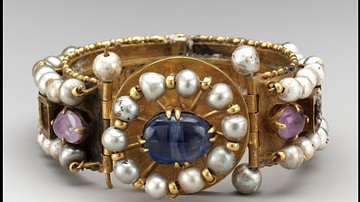
Image
Byzantine Jeweled Bracelet
Gold bracelet decorated with silver, pearls, amethyst, sapphire, glass, and quartz, 500-700. 3.8 x 8.2 cm.
Metropolitan Museum of Art, New York.
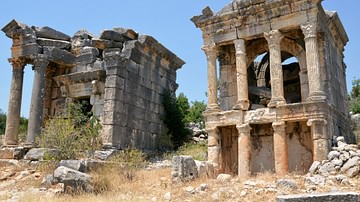
Image
Roman Temple-tombs
Two monumental temple-tombs in the ancient city of Imbriogon in Cilicia (modern-day Turkey) dating to the second and third centuries CE. The overall design of the tombs with columns and a standard entablature produces the effect of small...
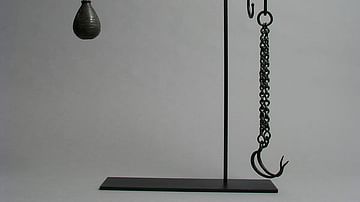
Image
Byzantine Steelyard Rod with Weight
A Roman invention, the steelyard (or stilyard) balance employed sliding weights along an etched arm to determine the mass of goods, much like the modern beam balance. The Byzantine balance pictured dates from the 5th to 7th centuries CE...
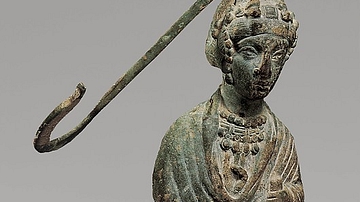
Image
Steelyard Weight with a Bust of a Byzantine Empress
Dating to 400-500 CE, this steelyard weight is made from copper alloy and filled with lead. It measures 24.2 x 11.5 x 7.1 cm and weighs 5664 grams. The hook is approximately 23 cm in length and weighs 176 grams. (Metropolitan Museum, New...

Image
Byzantine Marriage Ring
This Byzantine gold marriage ring dates to the 3rd to 4th centuries CE. The ring measures 56 mm in circumference and the bezel measures 10x10 mm. Weight: 4.5 grams. (Metropolitan Museum, New York)